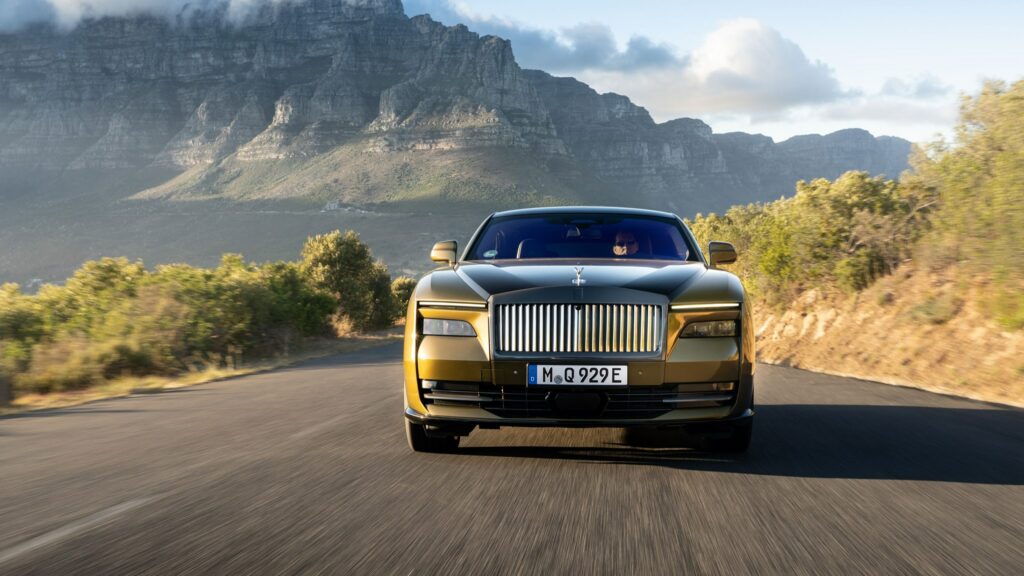Luxury carmaker Rolls-Royce is set to start producing its first electric vehicle (EV), the Spectre coupe, later this year. According to the CEO of Rolls-Royce, Torsten Müller-Ötvös, there will be no hybrid or plug-in hybrid powertrains as a bridge towards full electrification across the line-up. Rolls-Royce has not confirmed when its next electric vehicles will arrive, nor has it said how long its product lifecycles will be.
While the brand is transitioning to EVs, the V12 engine will still continue without electrification. The company has said that it is investing in the V12 to meet new requirements. However, it has revealed that its new limited-run vehicles will be entirely electric.
Rolls-Royce’s all-electric Spectre two-door coupe was revealed in October 2022, and delivery of the model is expected to begin in the fourth quarter of 2023. The vehicle will be priced between the Cullinan and Phantom, with an estimated price of around $800,000 for Australian customers. The dual-motor all-wheel drive Spectre has a driving range of 520km and produces 430kW of power and 900Nm of torque.

Rolls-Royce’s sales figures remain strong, with a record of 6,021 vehicles sold in 2022, up eight percent from the previous year. The company’s Cullinan SUV was the best-seller globally, with the Ghost topping the charts in the Asia-Pacific region.
The move to electric will not impact the company’s premium offering, as the Spectre is described as a “Rolls-Royce first and an EV second.” The company has confirmed that there will be more extremely limited-run vehicles in the future, produced every other year, with a maximum of three or four units made, unlike traditional coach building that involves creating 15-20 vehicles.
